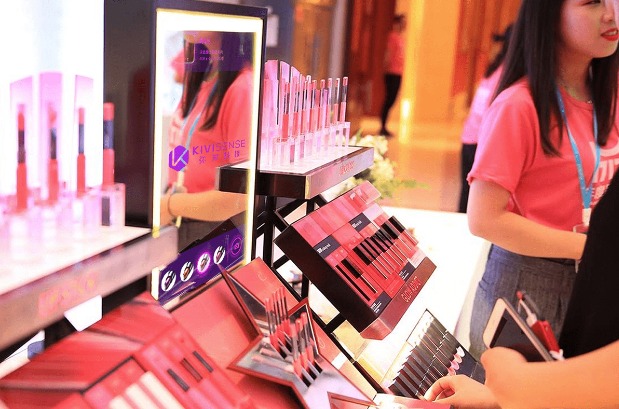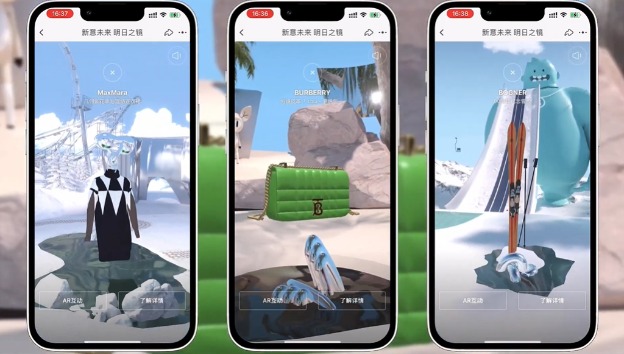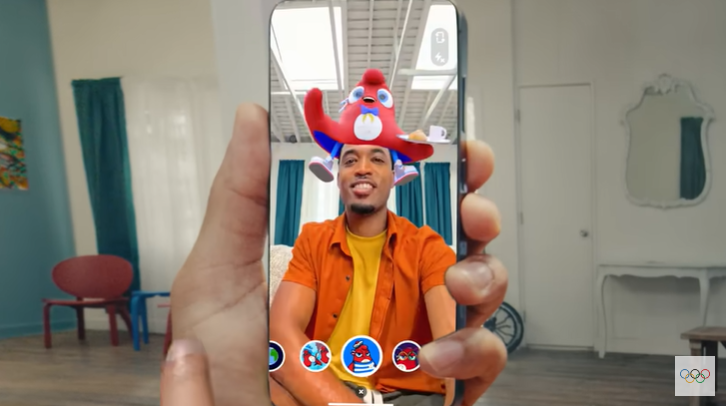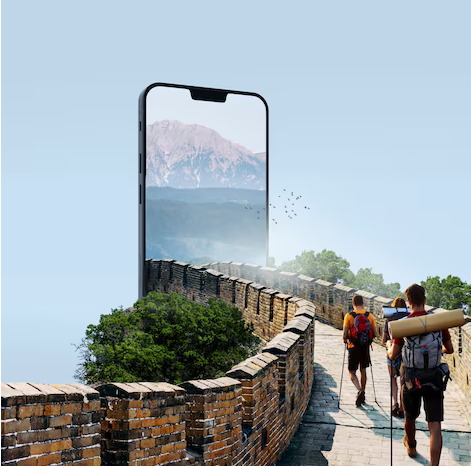Quick Access
How Good Can Augmented Reality For Shoes Be?
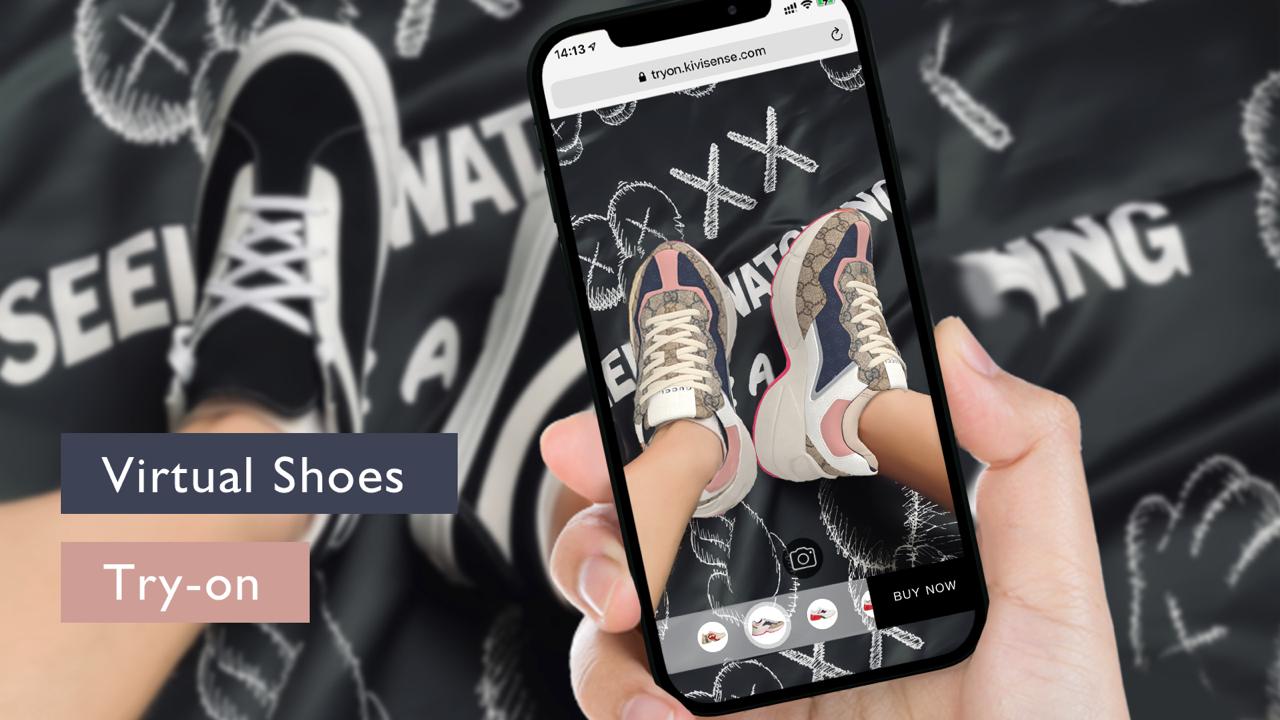
How Augmented Reality for Shoes Works?
Shopping used to be a fun experience for many people back then. It provided them a chance to escape their tiresome routines and have a breath of fresh air. People used to spend an entire day visiting different places just to find the right thing at the best price.
Since the arrival of online shopping, the trends have changed drastically. People are reluctant to go outdoors just to look at items they can easily search for on the internet. Online stores have significantly reduced customer flow at retail stores, as they now prefer ordering from the comfort of their homes.
In such a time, AR technology has proven very valuable. Using digital images on real world objects to create new pictures has significantly improved the online shopping experience for millions of customers worldwide. When a user selects an item, they can use the camera in their phones to overlap the selected product’s image in the real world to see if they like it.
There are three basic ways of how augmented reality for shoes works: one of them is the well-known 3D shoe visualization. Here, you can see the product in all its glory from a small distance. You cannot interact with the shoe as if it were tangible, but you can see it from all angles like it is right in front of you.
Another way to use AR is the virtual try-on. This is the more common method nowadays, where you can “wear” the shoes on your feet. The AR scans and detects your feet and then creates an image in which you can see them on. This is the most widely used concept by brands worldwide, including Gucci.
Finally, there’s the virtual try-on mirror, which practically uses the same principle but on a bigger object. This method is still picking up among brands, as it provides less practicality than the other options.
Through this concept, many users have reliably purchased their favorite shoes and the reviews have only encouraged other brands to follow suit.
AR for Shoes is more Preferable Now, but Why?
A lot of people are now switching over to shopping through augmented reality for shoes, but why? Here are a few reasons:
- Augmented reality for shoes gives customers a chance to try the shoes on their feet without any physical interaction, thereby reducing the need to visit retail stores and making shopping more convenient.
- Users can interact with these images in a number of ways. They can try on different variations, colors, and sizes, and even personalize them using AR. All these features result in the customer spending more time on the brand’s website or app.
- AR shopping allows the customers to explore all the options freely without wasting their time. They can browse through different sizes, trying them on, and choosing the right one for their feet.
- This technology has resulted in more orders, and because many customers can select the appropriate size for their feet, brands have also reported less returns on their products with customer satisfaction.
- A good social media marketing campaign can attract a larger number of customers to the brand to try out their AR features, subsequently increasing sales.
- With time, apps and websites collect data about the customer through their browses and purchases on the brand’s store. They can use it to offer new collections or products that the user might be interested in.
- Even in retail stores, AR can be employed to provide customers with all the information they require about the product, hence reducing the need for sales staff.
It’s worth mentioning that there are a lot of businesses now running the AR model for their footwear. One of the first brands to step in this realm was Adidas in 2019. They teamed up with Vyking, and introduced this idea in their iOS application. It was a major success, as millions of users were able to accurately measure and see shoes according to their size.
Augmented Reality for Shoes Trends With Apple Vision Pro
What if you could shop through different online stores without even having to use your phone? That’s now a possibility, thanks to the introduction of Apple’s revolutionary Vision Pro. These goggles are specially designed to provide an exceptional experience of augmented reality.
With Apple Vision Pro, you can shop through Nike Fit and browse through their collection. As soon as you find a product of your liking, you can inspect it however you want. Try it on, take a closer look, check your own shoe size, and several other features right before your eyes.
The merge between the digital and physical world through Apple Vision Pro is surreal, and is an experience everyone should have.
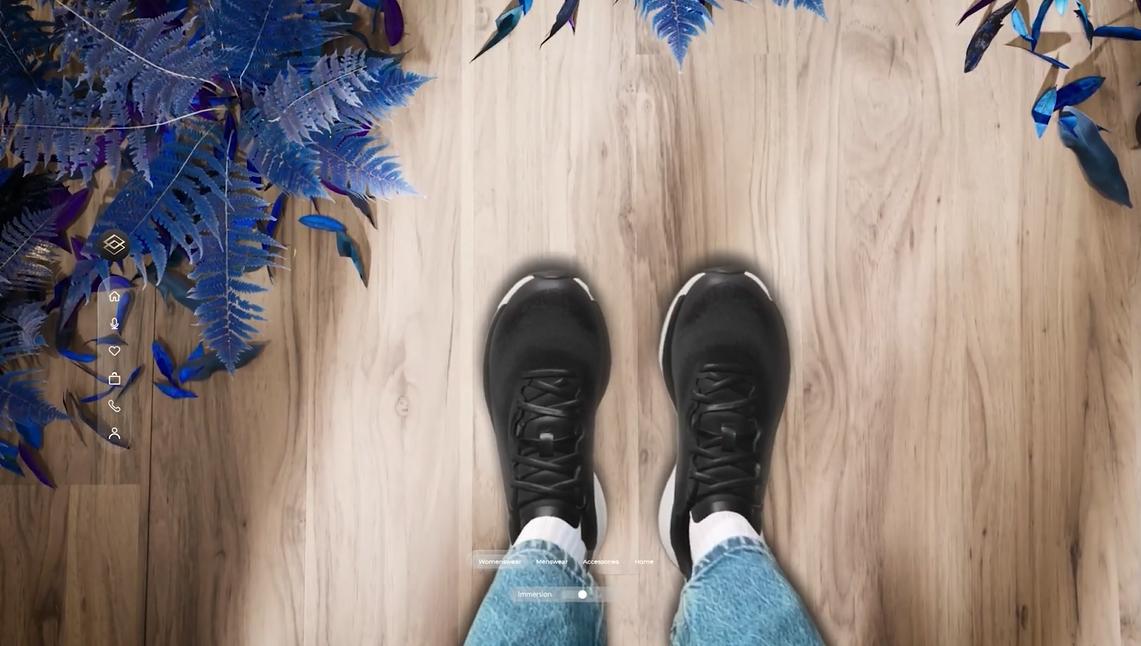
Other Business Lines Now Considering a Move to AR Customer Interaction
It’s not just one sector of industry adapting to the technological ways of augmented reality. A lot of other names have also made their mark in the industry by putting out some of the most innovative ideas with augmented reality. Here are a few of them:
Apparel
Zara, one of the biggest clothing brands, has started using augmented reality in their retail stores for customers. In 2018, they announced that users will be able to view new outfits on models through AR.
In addition, consumers will also get a digital image of the model wearing alternative outfits on the orders delivered. While this was only available for their flagship stores, Zara introduced augmented reality in 121 shops globally.
Another great example comes from the collaboration between Tommy Hilfiger and Miffy, when the two put out their new apparel. Using augmented reality, the two companies ran a successful marketing campaign, which allowed users to try out new clothes and even take pictures with a number of designed filters for this special collaboration.
Construction
Augmented reality has created a massive impact in the civil engineering sector. There are a number of companies working on these projects currently. Builders and architects can visualize the entire framework of a building by scanning a code from a specific side. Of course, each side has a different view, so it can be easily seen from all angles.
Home Decor
IKEA has been the frontrunner for using augmented reality. They put out their concept named IKEA Place on mobile phones a few years ago. Users could scan a space in their residence, browse the appropriate furniture and place it accordingly in the room.
This resulted in a significant rise in online orders through their mobile app and has since become a staple in their business.
Automobile
The automobile industry is really vast, and there’s plenty to experiment with. With the steady increase in the use of AR, automobile companies started working. Volvo was one of the first brands, using augmented reality to showcase their new vehicles.
In addition, Hyundai designed an app that acted as a complete owner’s manual with the help of AR. With a quick scan, it could easily detect and provide information about every feature of the car to the driver.
BMW also provided their contribution to bringing hr technology in the market by creating an app that allowed users to fully personalize their vehicle. Customers could change rims, paint, and several other features that allowed them to add a personal touch to their car.
FAQs
How is augmented reality applied to shoes?
Augmented reality is used to overlay images onto objects in the real world. Using different features in the phone such as gyroscope and compass, the camera projects these pictures into its own image, thereby inserting an image in another one. In this way, you can look at shoes on your feet in the camera, when you’re sitting barefoot in your house.
What are the benefits of using augmented reality for shoes?
There are plenty of advantages related to using AR technology for shoes. It allows the user to shop for footwear conveniently. Moreover, the ordered item is precise most of the time and there’s a smaller chance of returning it to the brand. This improves customer satisfaction, and subsequently, promotes the customer’s loyalty to the brand.
What are the negative impacts of augmented reality for shoes?
Most of these issues are related to the customers. Prolonged exposure to augmented reality means increased screen time, which can cause physical and mental exhaustion. In addition, there’s also the risk of privacy breaches, misuse of information, and an increased dependency on technology, all of which are pretty bad for an individual.
Conclusion
In the end, augmented reality has a ton of implementations in a large number of industries, and footwear is just one of them. Famous brands like Adidas and Nike have already made a significant impact on the user experience with their innovations, and a number of other names are in line.
Do you have an idea about augmented reality that you’d like to use for your business? We at Kivisense have you covered! With significant experience with reputable companies, Kivisense has been designing and managing AR models without any hassle. Get in touch with kivisense If you’re looking to revamp your business and sign up to create your free ar shoes try-on experience now.


